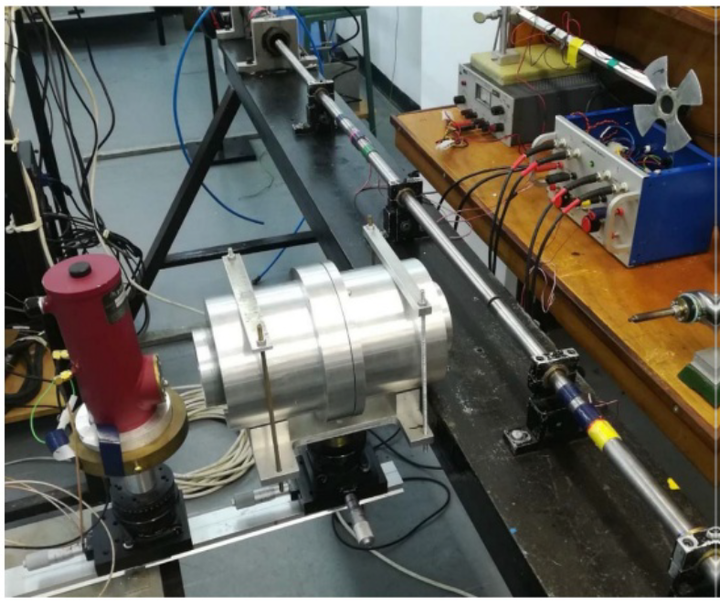
Abstract
Heat dissipation still remains an unsolved problem in dynamic plasticity, where nearly adiabatic conditions prevail during high-rate loading scenarios. It is well known that the mechanical energy that is not dissipated as heat during material straining remains stored in the lattice as microstructural defects, and thus, a one-to-one relationship can be expected between the stored energy, the materials microstructure, and its mechanical characteristics. This work demonstrates that this is not so straightforward. High-rate experiments on a Kolsky bar, combined with in situ thermal measurements, were performed on two well-studied materials: pure nickel and aluminum. A dislocation-based constitutive model was used to estimate the mechanical and thermomechanical material behavior. For both materials, the thermal response was observed to be strongly strain rate sensitive, while the mechanical flow, and microstructural characteristics (as characterized by transmission electron microscopy at similar strains), were not. This apparent discrepancy between mechanical and microstructural vs thermal results is discussed, and the concept of thermomechanical conversion is reassessed.